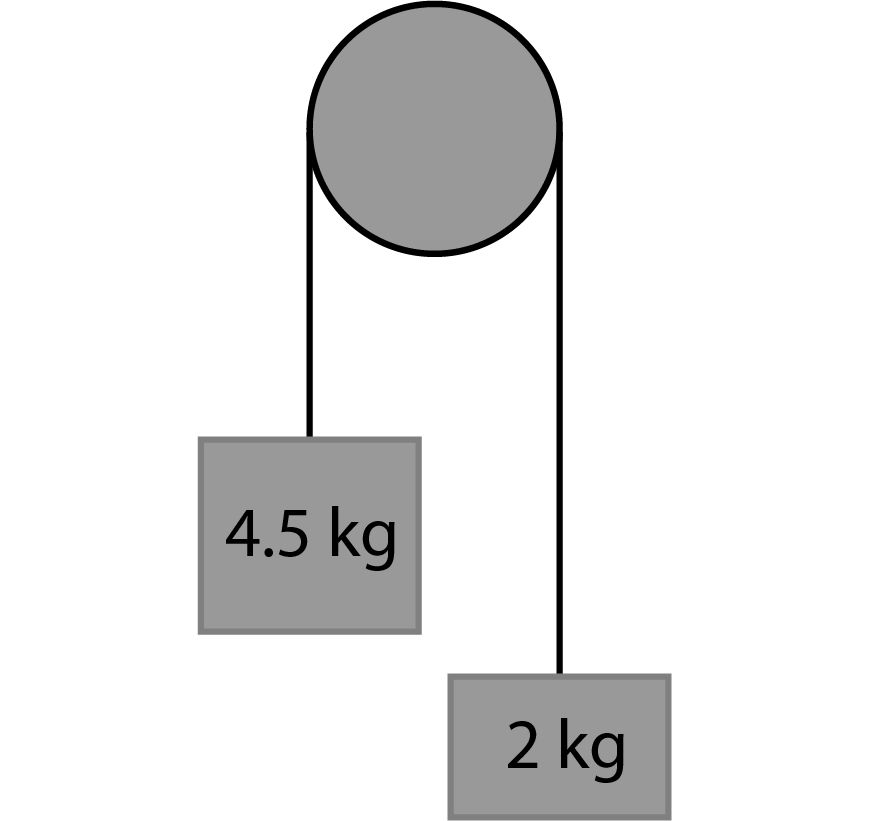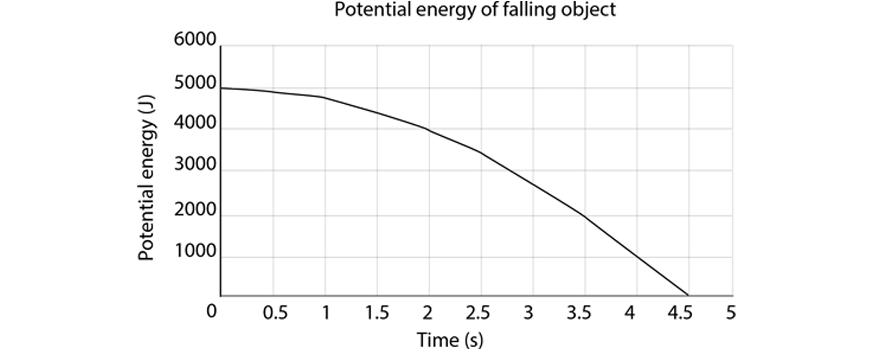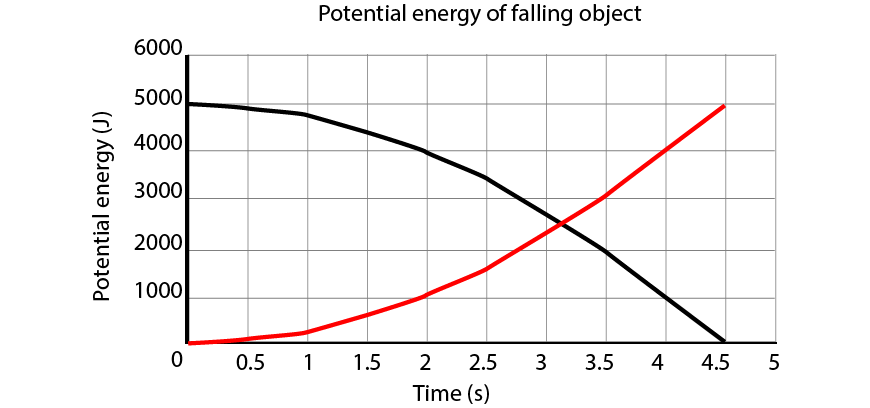Are you prepared in your Yearly exams? On this submit, we’ve shared ten difficult Physics: Dynamics questions. Check your information and expertise after which examine your responses with these options on the backside of the web page.
Obtain your FREE foldable Physics Cheatsheet
Get the sting in your subsequent Physics Evaluation!
Query 1 (5 Marks)
A (10text{ kg}) block is positioned on a slope inclined at an unknown angle, as proven under. The floor isn’t frictionless.

a) Point out the forces appearing on the block within the above diagram.
b) If the coefficient of static friction is (mu_s = 0.45), present that the utmost slope angle earlier than the block begins to slip is (24.2^{circ}).
c) The coefficient of kinetic friction is (mu_k = 0.3). Calculate the online power on the block as soon as it begins sliding, if the angle of the slope is (24.2^{circ}).
d) Calculate the space alongside the slope the field slides after (2text{ s}).
Query 2 (3 Marks)
A ( 5text{ kg}) block is being pulled from relaxation alongside a flat floor by an indirect power, as proven within the diagram under. The coefficient of static friction is (mu_s = 0.34), and the coefficient of kinetic friction is (mu_k = 0.3).

a) Decide if the block will slide or stay stationary.
b) Calculate the work finished by kinetic friction on the block if it slides over a distance of (5text{ m}).
Query 3 (3 Marks)
A sequence of carriages are being pulled alongside a frictionless observe by an engine automotive. The engine automotive can exert a power of (200,000text{ N}) and has a mass of (20,000text{ kg})

a) Calculate the utmost acceleration of the engine automotive, if there aren’t any carriages hooked up.
b) Every carriage has a mass of (15,000text{ kg}). Calculate the utmost variety of carriages the engine can pull with an acceleration of at the very least (0.5 textual content{ ms}^{-2}).
c) If the engine pulls 10 carriages, decide the utmost rigidity power inside any of the linkages.
Query 4 (3 Marks)
Two plenty are hanging from a frictionless pulley as proven under:

a) Calculate the online power appearing on the 2 plenty.
b) Decide the resultant acceleration of the system.
c) Calculate the strain within the string between the 2 blocks.
Query 5 (3 Marks)
An object resting on a desk experiences two forces appearing on it within the configuration under:

a) Calculate the resultant power on the thing.
b) A 3rd power is utilized to cancel the results of the primary two, permitting the thing to stay in equilibrium. Calculate the magnitude and route of this power.
Query 6 (4 Marks)
A (50text{ kg}) object undertakes a roller-coaster movement as proven under. The article begins at relaxation at place A.

a) What’s the complete mechanical power of the thing at place A?
b) What’s the velocity of the thing at place B?
c) At place C, the thing has slowed to (10text{ ms}^{-1}). What’s the peak of place C above place B?
d) After the thing descends the ultimate slope, a brake pad brings the thing to relaxation through a continuing braking power of (1600 textual content{ N}). What’s the distance the thing travels alongside this brake pad earlier than coming to relaxation?
Query 7 (3 Marks)
A warehouse employee is lifting a sequence of bins onto larger cabinets for storage.
a) Decide which of the next actions requires extra work:
- Lifting a (10text{ kg}) field up (1.5 textual content{ m})
- Lifting a (30 textual content{ kg}) field by (0.25 textual content{ m})
b) In a single hour, the employee lifts a (10text{ kg}) field a cumulative complete of (350 textual content{ m}). Decide their common energy output.
c) The employee makes an attempt to push a heavy field weighing (50text{ kg}) to the opposite facet of the warehouse. Calculate the utmost velocity the employee can push the field, if the coefficient of kinetic friction between the field and flooring is (mu_k=0.10) and the employee’s energy output is that decided in b).
Query 8 (4 Marks)
A (13 textual content{ kg}) object is dropped from relaxation from a sure peak. The gravitational potential power over time for the thing (ignoring air resistance) is proven under:

a) On the identical axes, graph the kinetic power of the thing.
b) Use the graph to estimate the beginning peak of the thing.
c) Calculate the thing’s downward velocity at time (t=3.5text{ s}).
Query 9 (4 Marks)
A tennis ball with a mass of fifty g is thrown straight at a brick wall. The ball rebounds within the actual wrong way on the identical velocity. A plot of the power over time on the tennis ball is proven under:

a) Decide the common acceleration of the ball through the collision with the wall.
b) Calculate the full change in momentum of the ball.
c) Define the importance of the realm below the graph.
d) Calculate the preliminary velocity of the ball.
Query 10 (4 Marks)
A automotive ((m=2,000text{ kg}), (u=10text{ ms}^{-1})) and a truck ((M=10,000text{ kg}), (u=7.45text{ ms}^{-1})) are concerned in a head-on collision. After the collision, the 2 our bodies transfer collectively as one
a) State climate the collision is elastic or inelastic, giving causes.
b) Calculate the mixed momentum of the automotive and truck earlier than the collision.
c) Decide the rate of the automotive and truck after the collision.
d) State which of the 2 objects (automotive or truck) experiences a bigger power, and why.
Query 1:
a)

b) The utmost angle of the slope for which the friction balances the load will be expressed as (tan theta = mu). Therefore: (theta = tan^{-1}(mu_{s}) = tan^{-1}(0.45) = 24.2^circ)
c) (13.4 textual content{ N} ) down the slope
d) ( 2.67 textual content{ m} )
Query 2:
a) Drive from static friction is (12.94text{ N}), the horizontal part of the utilized power is (30.07text{ N}). Due to this fact the thing will slide. Be aware that the conventional power is decreased as a result of upwards part of the utilized power.
b) (-57.1text{ J})
Query 3:
a) (10 textual content{ ms}^{-2})
b) ( 25 textual content{ carriages})
c) (176,471 textual content{ N} )
Query 4:
a) (24.5 textual content{ N} ), downward for the bigger mass.
b) (3.77 textual content{ ms}^{-2}), downward for the bigger mass.
c) (27.14 textual content{ N} )
Query 5:
a) (271 textual content{ N, S86}^{circ}textual content{E, or }94^{circ}textual content{T})
b) (271 textual content{ N, N86}^{circ}textual content{W, or }274^{circ}textual content{T})
Query 6:
a) (14,700 textual content{ J})
b) (24.3 textual content{ ms}^{-1})
c) (24.9 textual content{ m})
d) (9.19 textual content{ m})
Query 7:
a) Raise 1: (147 textual content{ J})
Raise 2: (73.5text{ J})
The primary carry requires extra work finished.
b) (9.53 textual content{ W})
c) (0.2 textual content{ ms}^{-1})
Query 8:
a)

b) Roughly ( 39 textual content{ m})
c) Roughly ( 21.5 textual content{ ms}^{-1})
Query 9:
a) (400text{ ms}^{-2}) away from the wall
b) (0.6text{ kgms}^{-1}) away from the wall
c) The world below a power time graph is the impulse, which can also be the change in momentum.
d) (6text{ ms}^{-1})
Query 10:
a) Collision is inelastic, as the 2 our bodies transfer collectively as one after the collision – this solely occurs for inelastic collisions.
b) (54,500text{ kgms}^{-1}) within the route of the truck’s preliminary velocity.
c) (4.54 textual content{ ms}^{-1}) within the route of the truck’s preliminary velocity.
d) The forces skilled by every are the identical (Newton’s Third Legislation)
,
